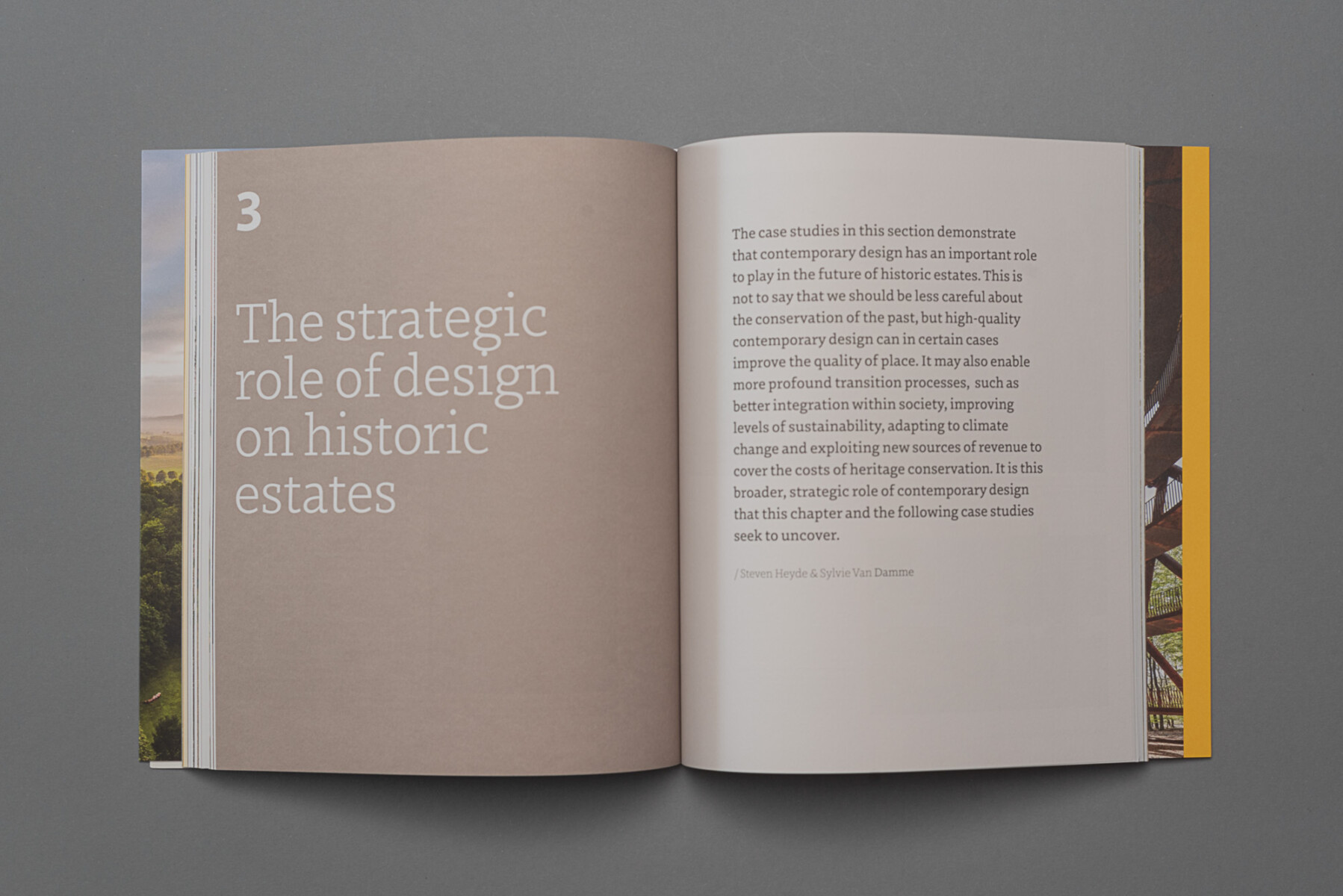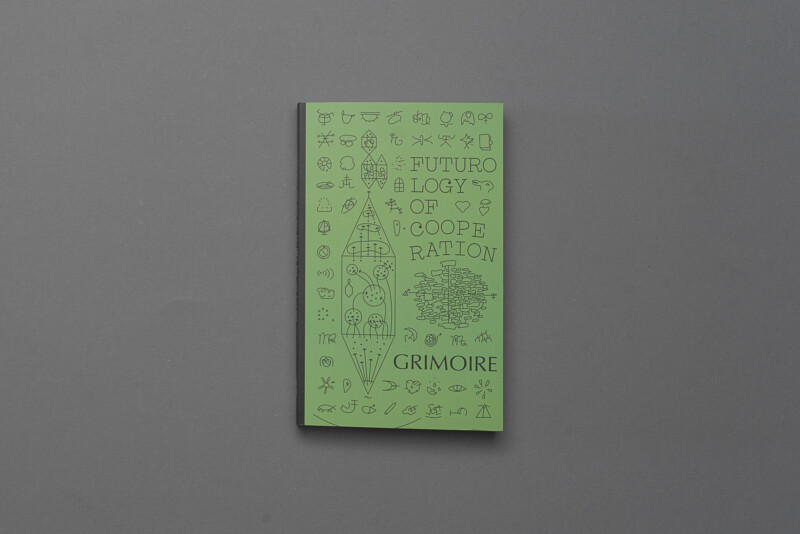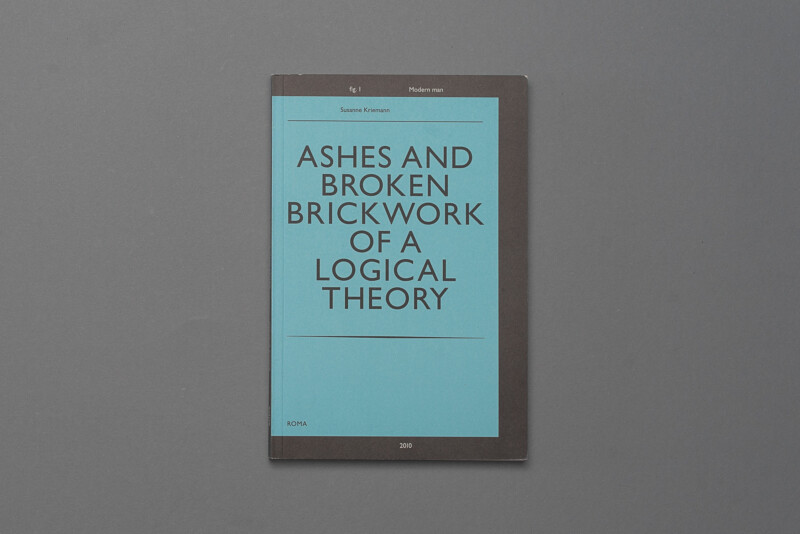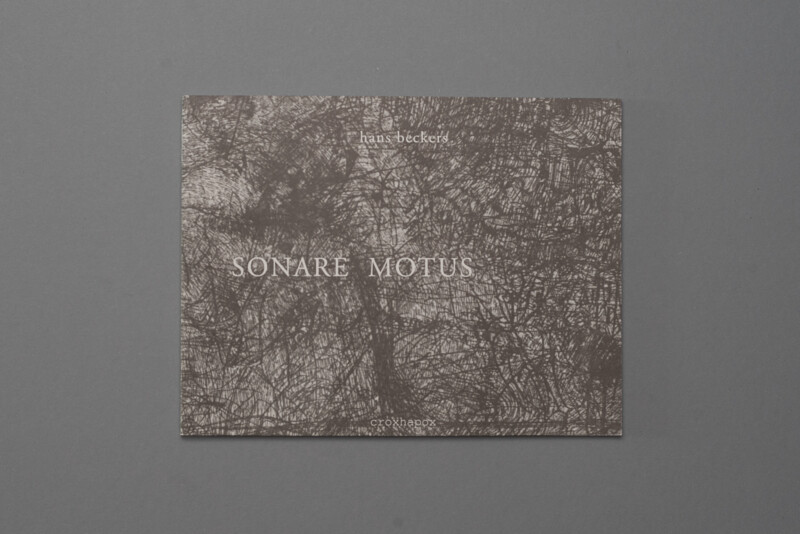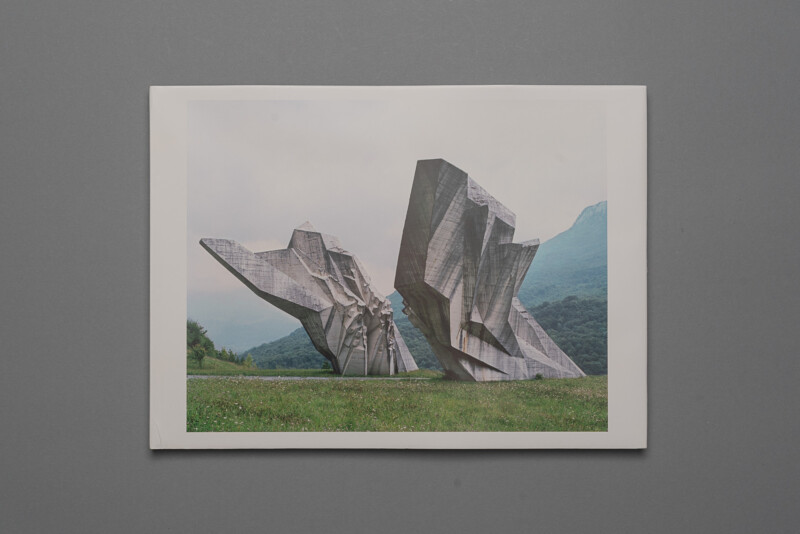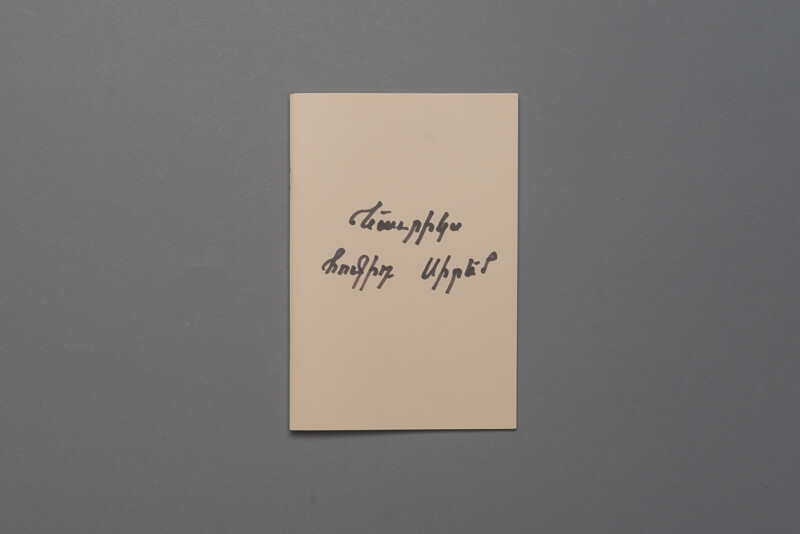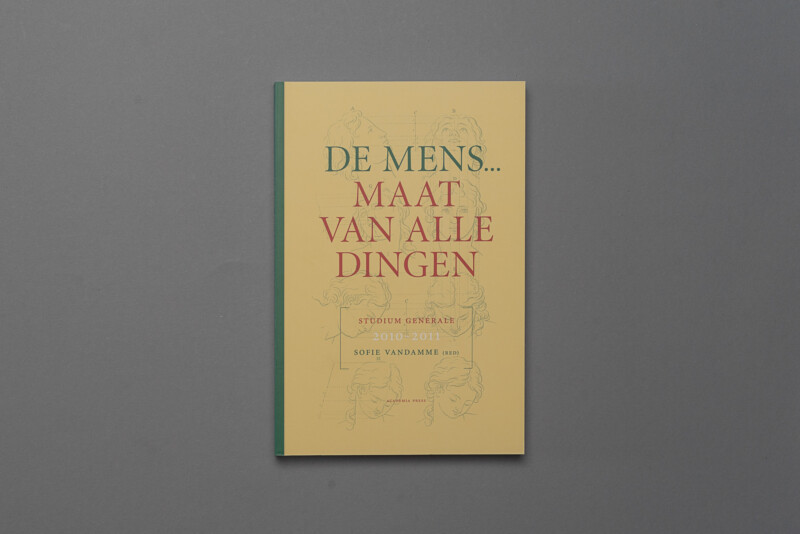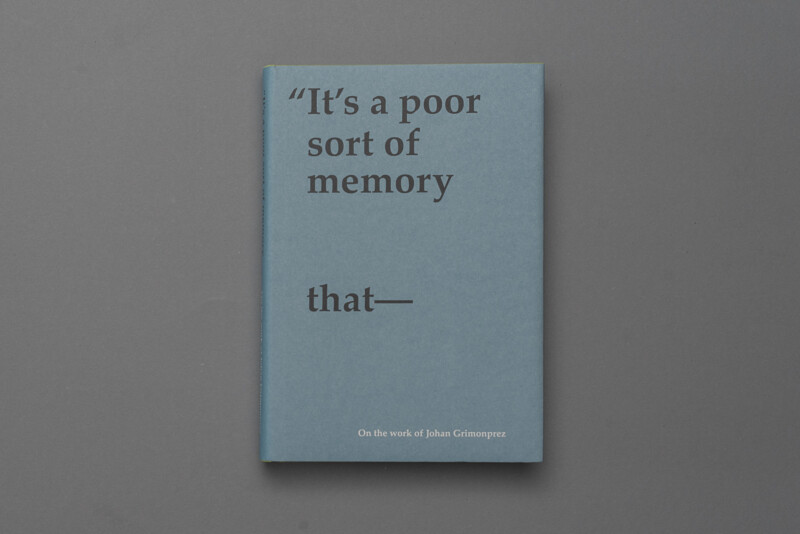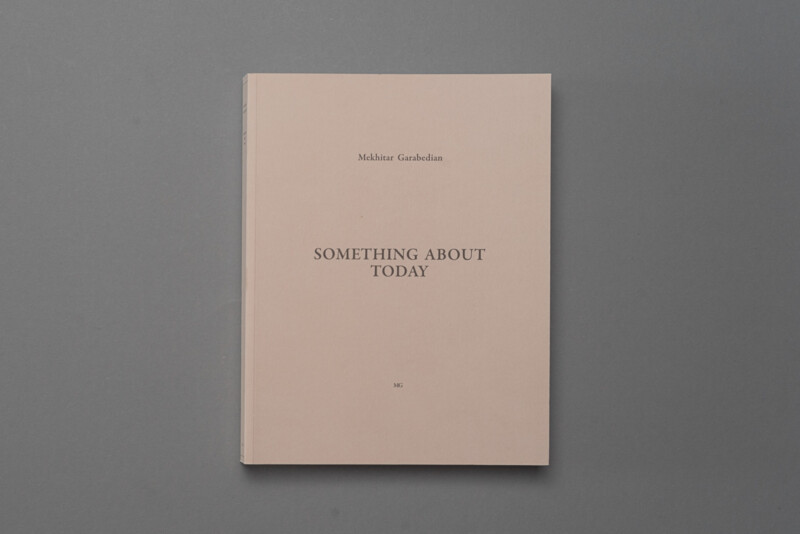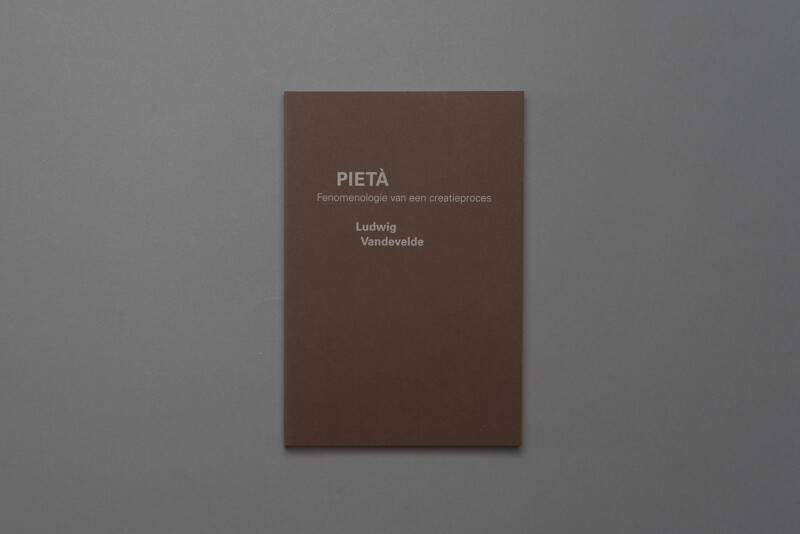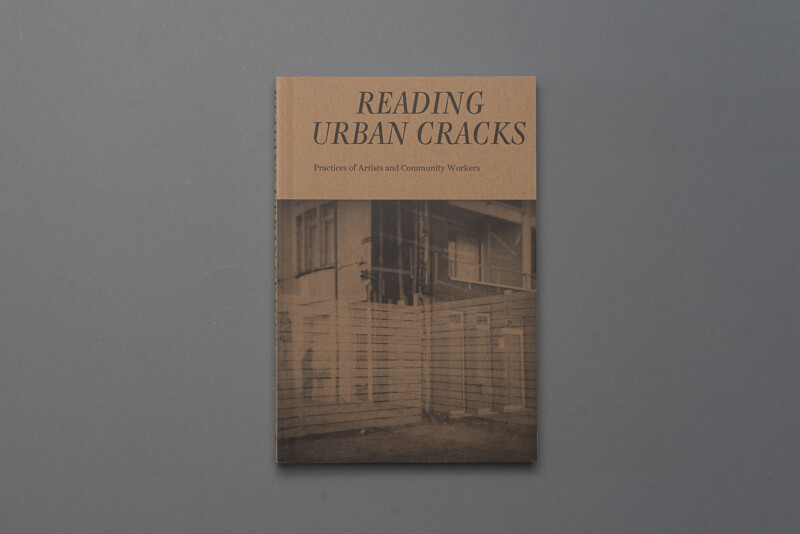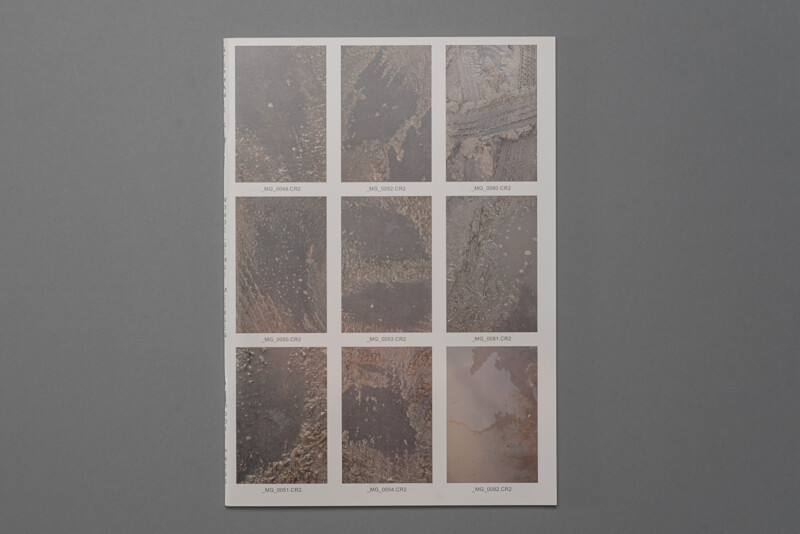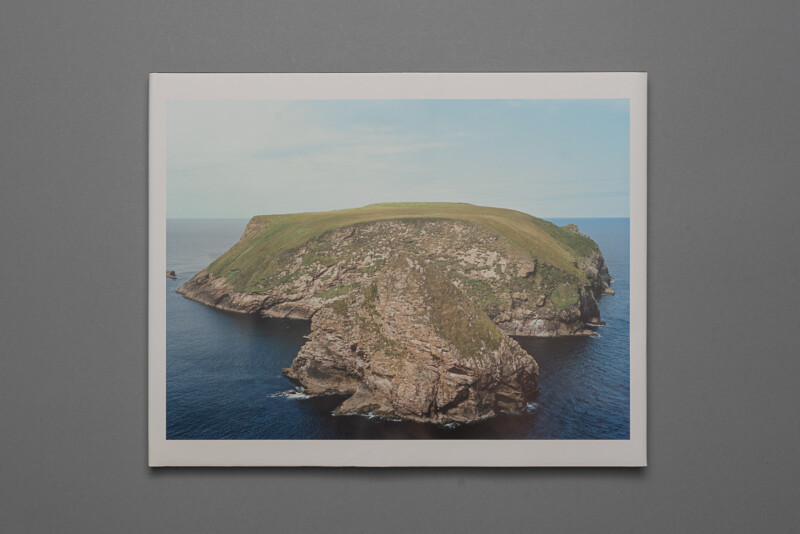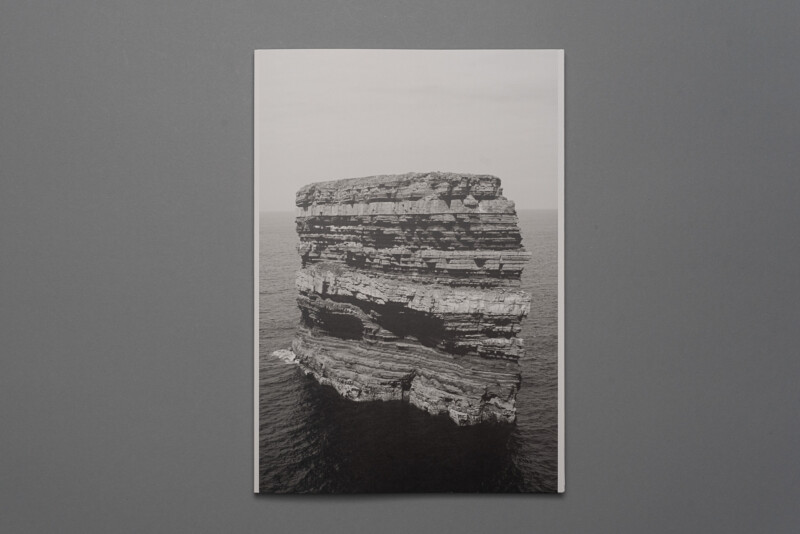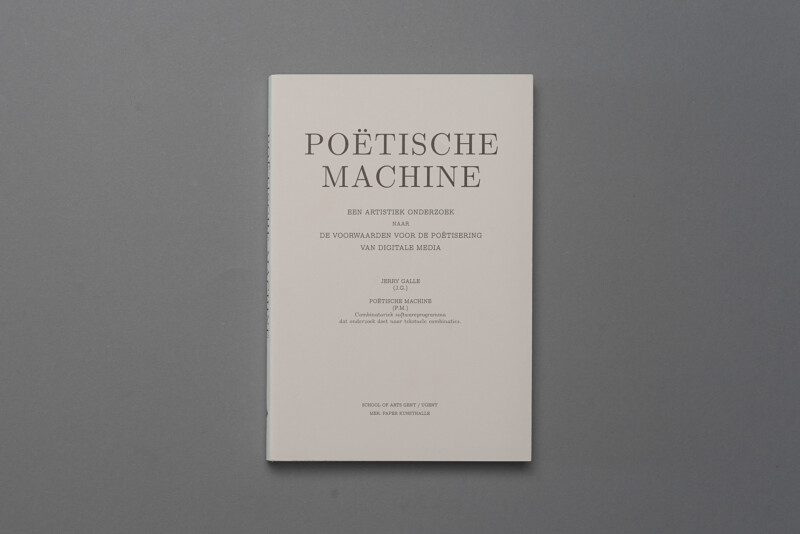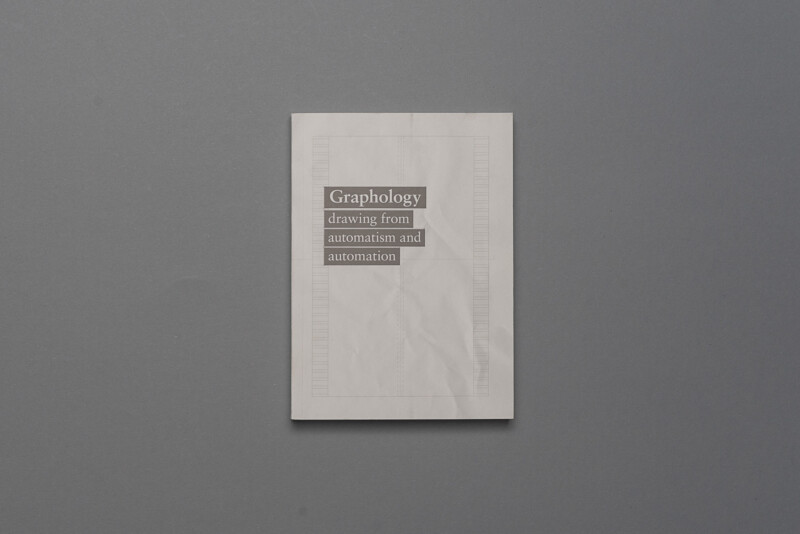The Future of Estate Landscapes in Europe
The usual perception of historic estates is that they are conservative and static. Yet a select few of historic estates have now become leading innovators as they have been in the past. Common traits include being entrepreneurs as well as collaborators whom challenge the status quo. In doing so, they are unlocking new ways of dealing with heritage and nature conservation, sustainable food production, social inclusiveness, sustainable tourism, climate change and renewable energy.
Insightful and inspirational if not provocative, this book The future of estate landscapes in Europe focuses upon exemplary and unusual examples from Belgium, Denmark, the Netherlands and the United Kingdom as new prospects of hope for the future. While being utterly relevant towards landowners and managers, this publication will also inform governments, planners, design professionals and anyone interested in the future of the countryside.
The examples covered also include best practices in policy and governance as well as exemplary cases of contemporary design on historic estates. Three main themes are explored: nowadays management, policy measures, and design.
This book discloses the research outcomes on the redevelopment of historic estates at the Ghent University of Applied Sciences and Arts.
The research team is a partner within the INTERREG EUROPE -Project INNOCASTLE.
The publication has been made possible by financial contribution of the research fund PWO, the research centre Futures through Design of HOGENT, and the Interreg-project Innocastle.
published by Blauwdruk
2022, EN
ISBN 9789492474513


